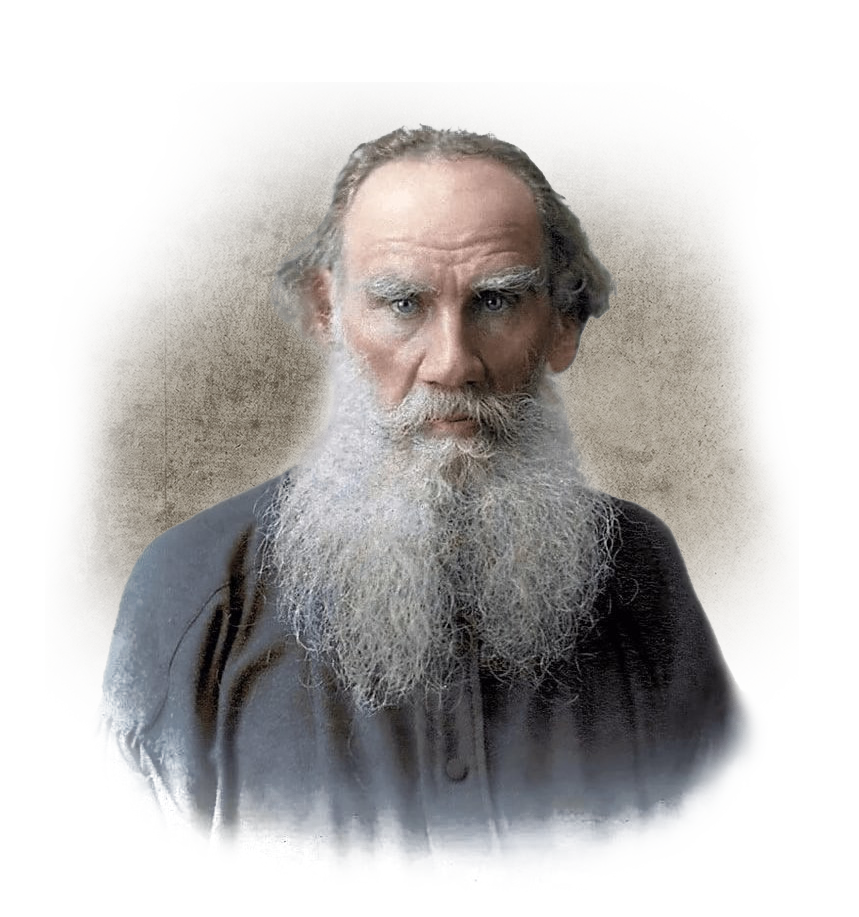
28.12.2023
Leo Tolstoy’s novella «Hadji Murat» stands as a remarkable testament to the political turbulence and cultural complexity of the Caucasus region during the 19th century. The genesis of this literary work is intertwined with the socio-political milieu of Tolstoy’s time and his personal observations of the Caucasus.
Leo Tolstoy’s novella «Hadji Murat» stands as a remarkable testament to the political turbulence and cultural complexity of the Caucasus region during the 19th century. The genesis of this literary work is intertwined with the socio-political milieu of Tolstoy’s time and his personal observations of the Caucasus.
- Historical Context.
The story of «Hadji Murat» is set against the backdrop of the Caucasian War between the Russian Empire and the indigenous peoples of the region, particularly the resistance of various tribes against Russian expansionism. Tolstoy’s experiences as a soldier stationed in the Caucasus region in the 1850s provided him with firsthand insights into the conflict and the diverse cultures of the area.
- Inspiration and Creation.
Tolstoy drew inspiration for «Hadji Murat» from the real-life historical figure of Imam Shamil, a prominent leader of the resistance against Russian forces. The novella tells the story of Hadji Murat, a Chechen commander who defects from Shamil’s forces to seek refuge with the Russians, navigating the complexities of loyalty, betrayal, and the clash of cultures.
- Political Allegory and Critique.
While ostensibly a tale set in the Caucasus, «Hadji Murat» serves as a political allegory reflecting Tolstoy’s critique of the Russian Empire’s expansionist policies. Through the lens of the protagonist’s struggles, Tolstoy examines themes of power, loyalty, and the moral dilemmas faced by individuals caught in the throes of political conflict.
- Portrayal of Cultural Divide.
The novella vividly portrays the cultural clash between the Chechen Muslim world and the Russian Christian empire. Tolstoy navigates the complexities of these two vastly different cultures, highlighting the misunderstandings, prejudices, and human connections that transcend the barriers of language and ideology.
- Personal Philosophy and Pacifism.
Tolstoy’s own evolving philosophy, particularly his later embrace of non-violence and pacifism, seeps through the narrative. The protagonist’s internal conflict and quest for personal redemption mirror Tolstoy’s own contemplation on the futility of war and the search for moral clarity in a conflicted world.
- Legacy and Contemporary Relevance.
«Hadji Murat» remains relevant in contemporary discussions on imperialism, cultural clashes, and the human cost of political conflicts. Tolstoy’s nuanced portrayal of the Caucasus War and its characters continues to prompt reflections on the complexities of power, identity, and the human condition in conflict zones worldwide.
In essence, «Hadji Murat» emerges as a poignant literary work born from Tolstoy’s experiences and reflections on the turbulent political realities of his time. Its timeless themes and exploration of human nature in the face of political upheaval ensure its enduring relevance in the context of global conflicts and cultural divides.
You may also like:

28.12.2023
The moral and philosophical aspects within the novel "Anna Karenina" by Leo Tolstoy

28.12.2023
Leo Tolstoy's pedagogical ideas and their reflection in his literary works

17.10.2023
Tolstoy on Screen: The Cinematic Legacy of Leo Tolstoy's Literary Masterpieces

17.10.2023
Iconic Characters in Leo Tolstoy's Literary Universe
